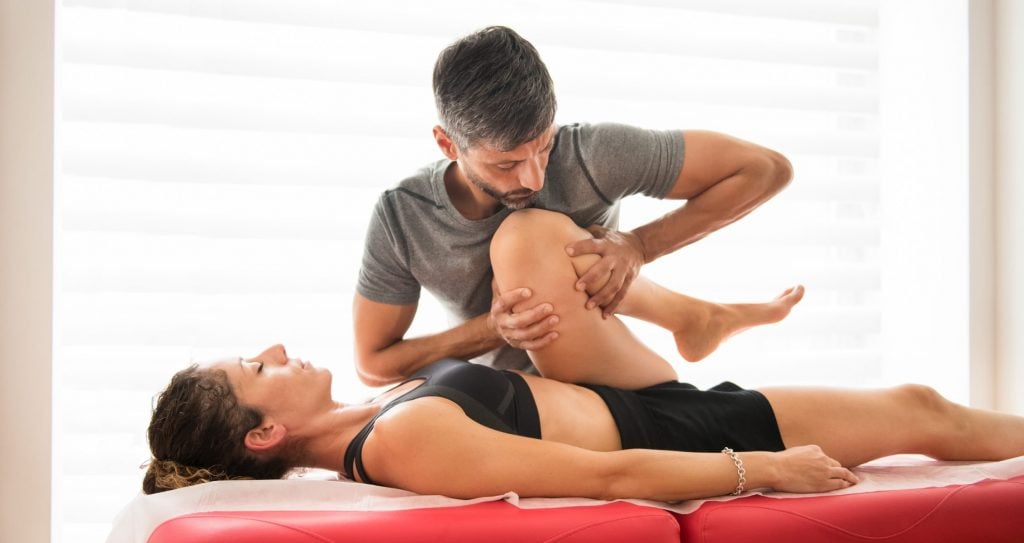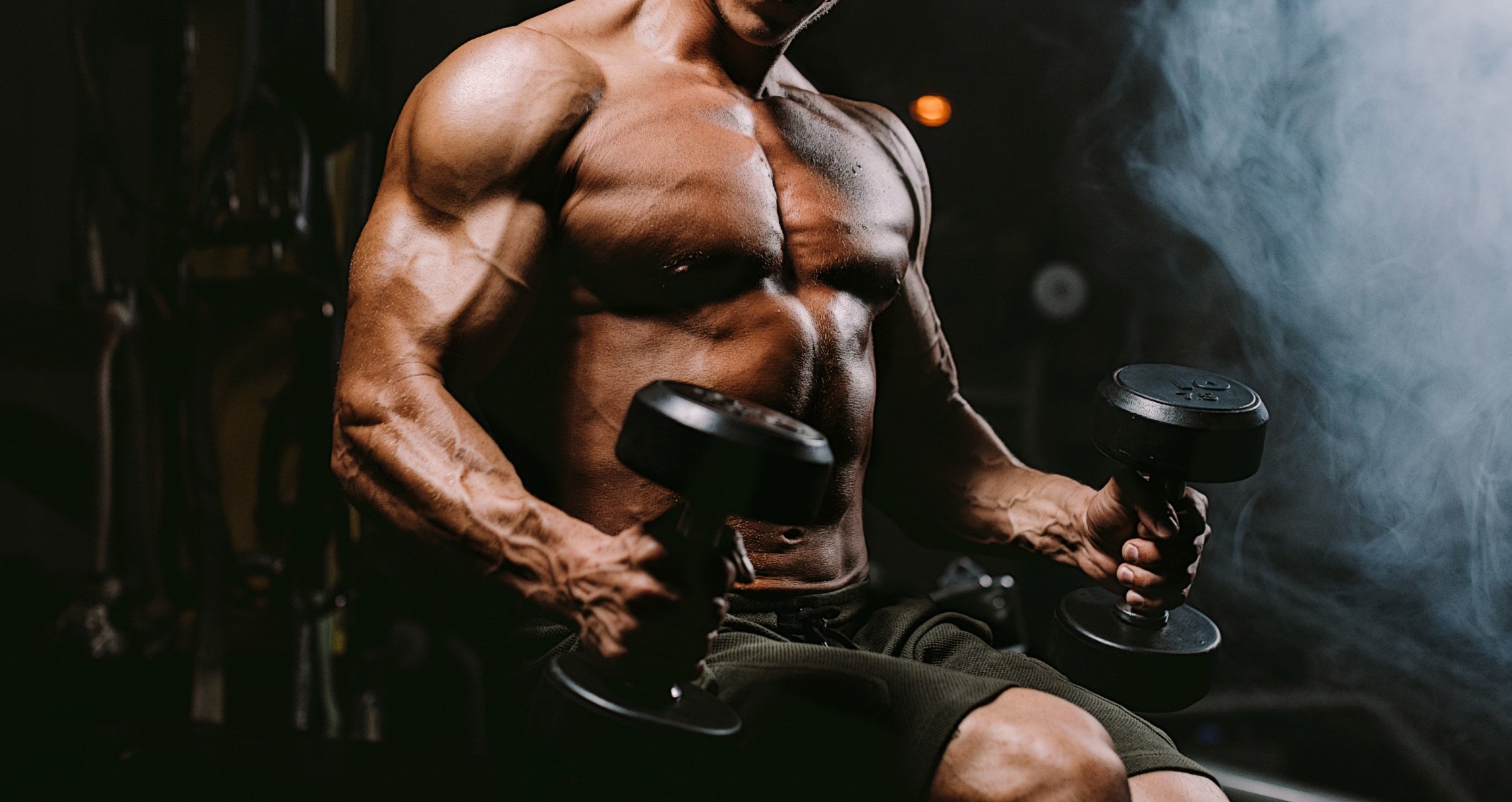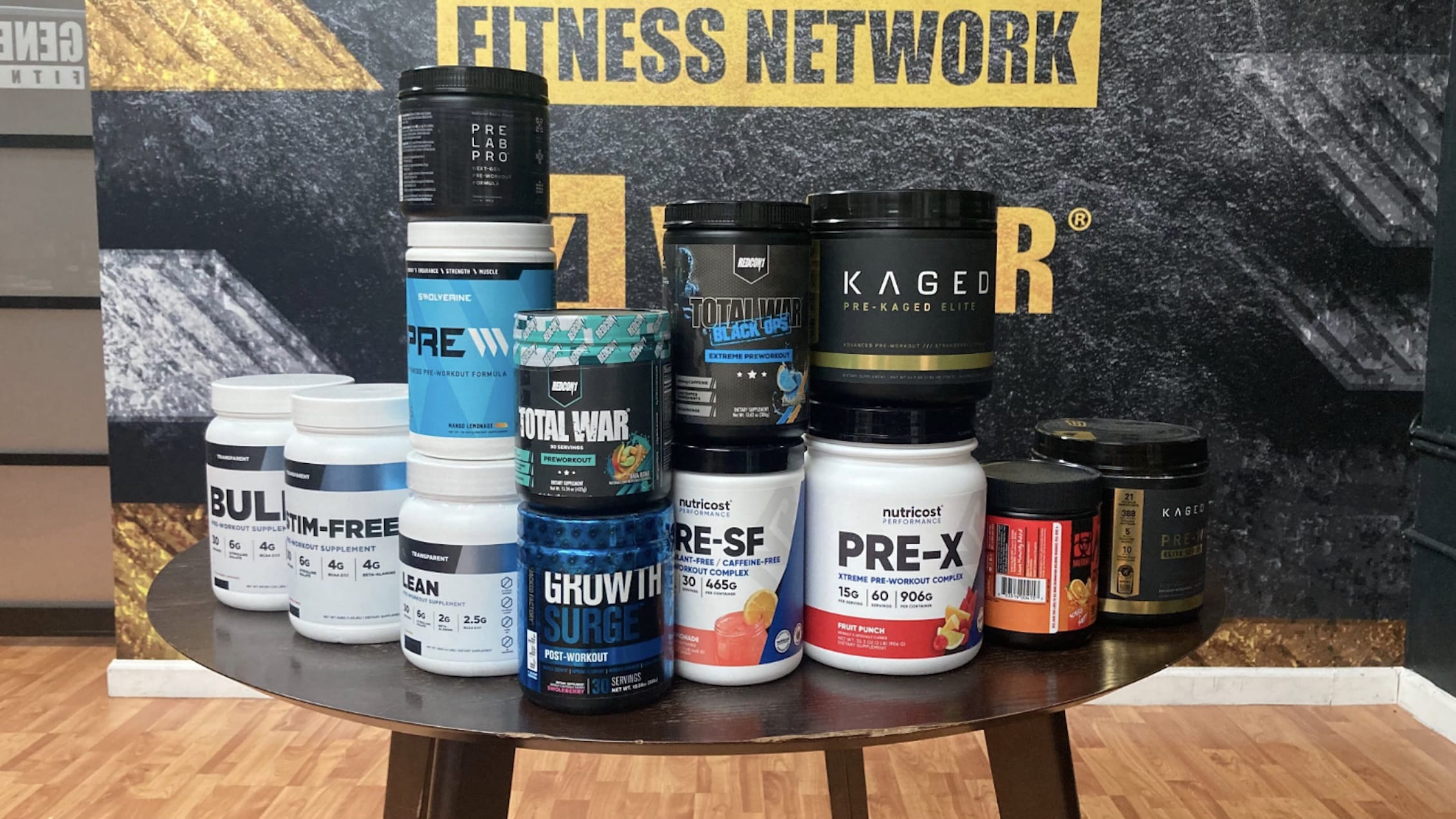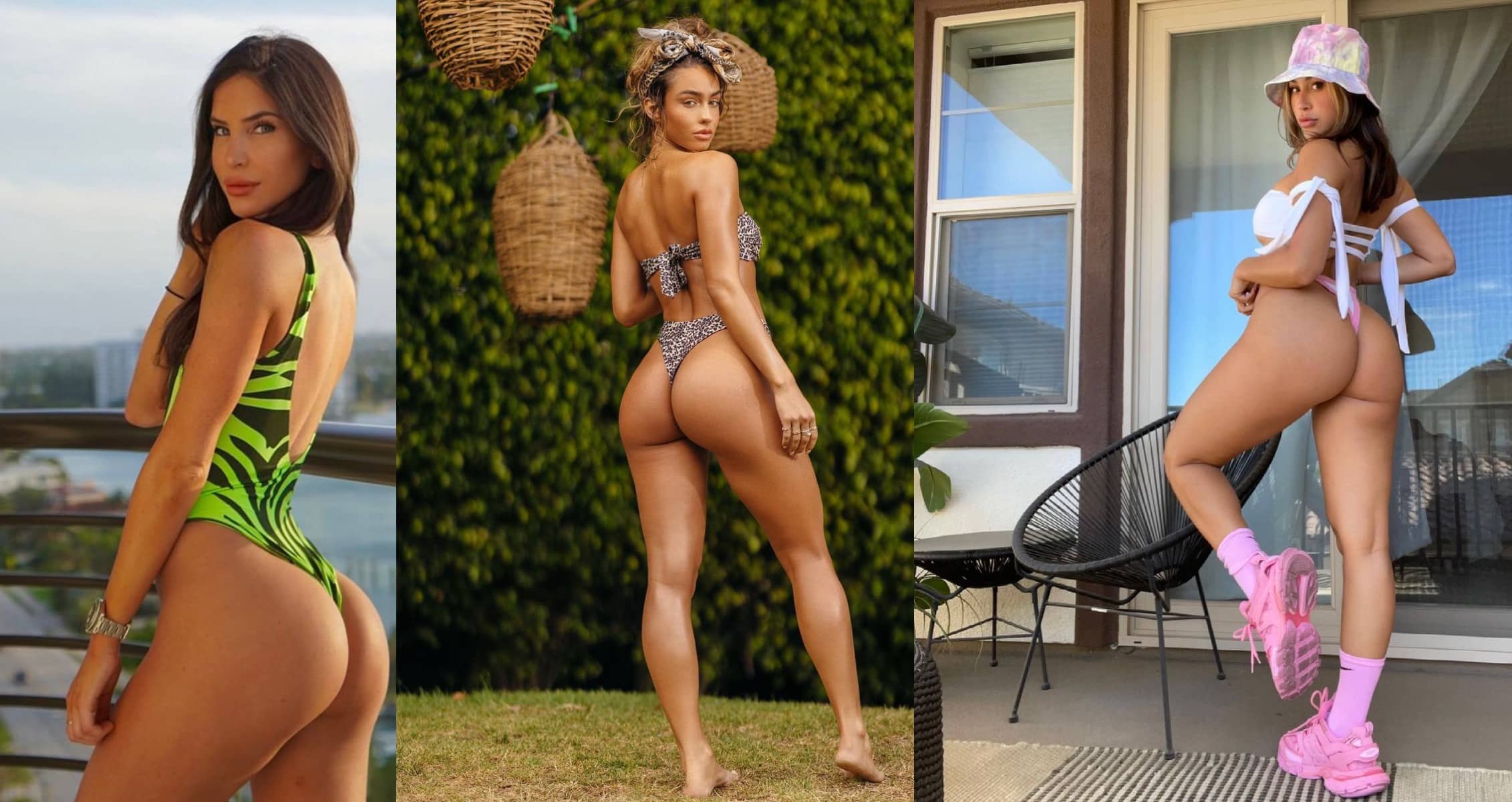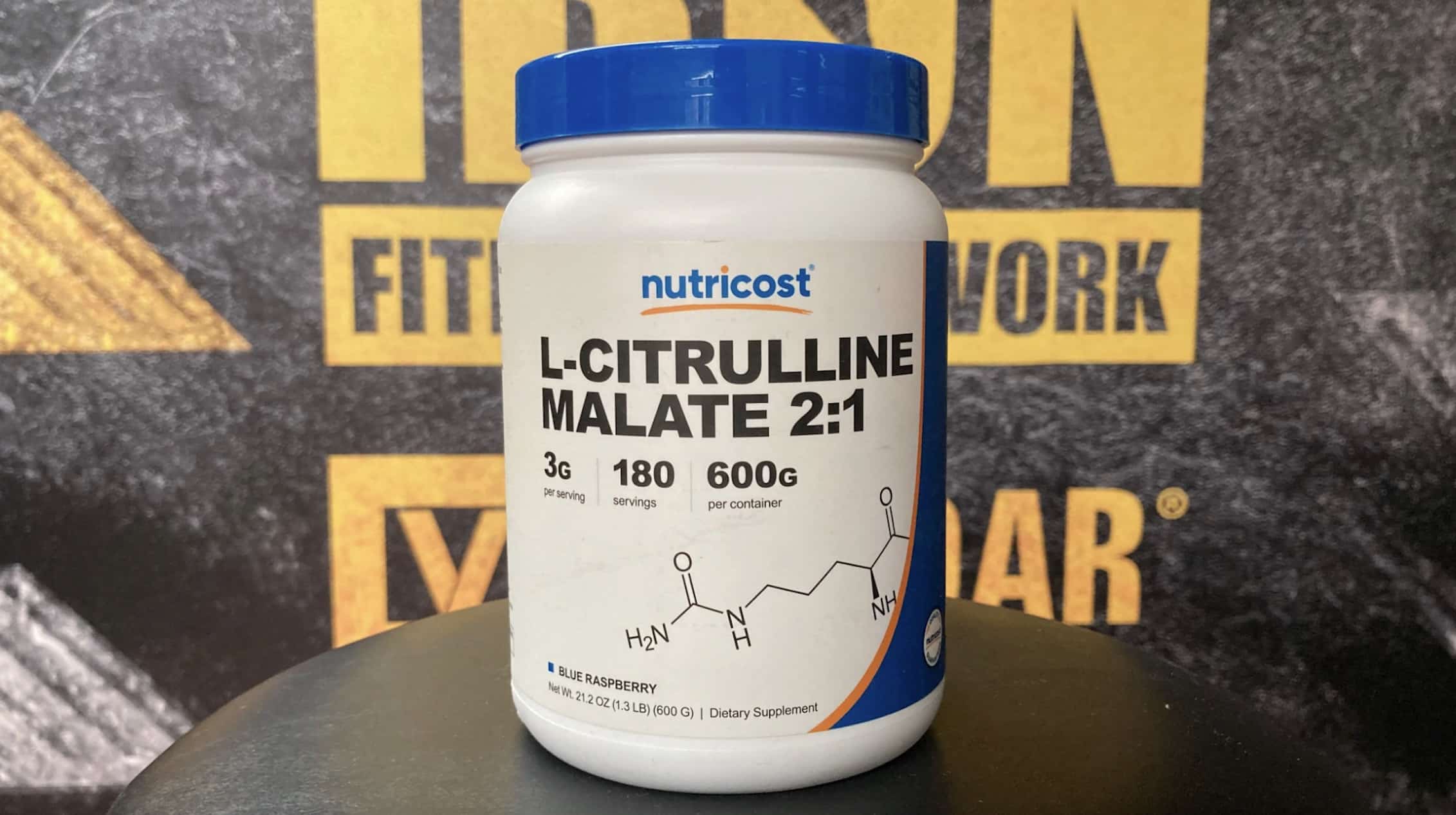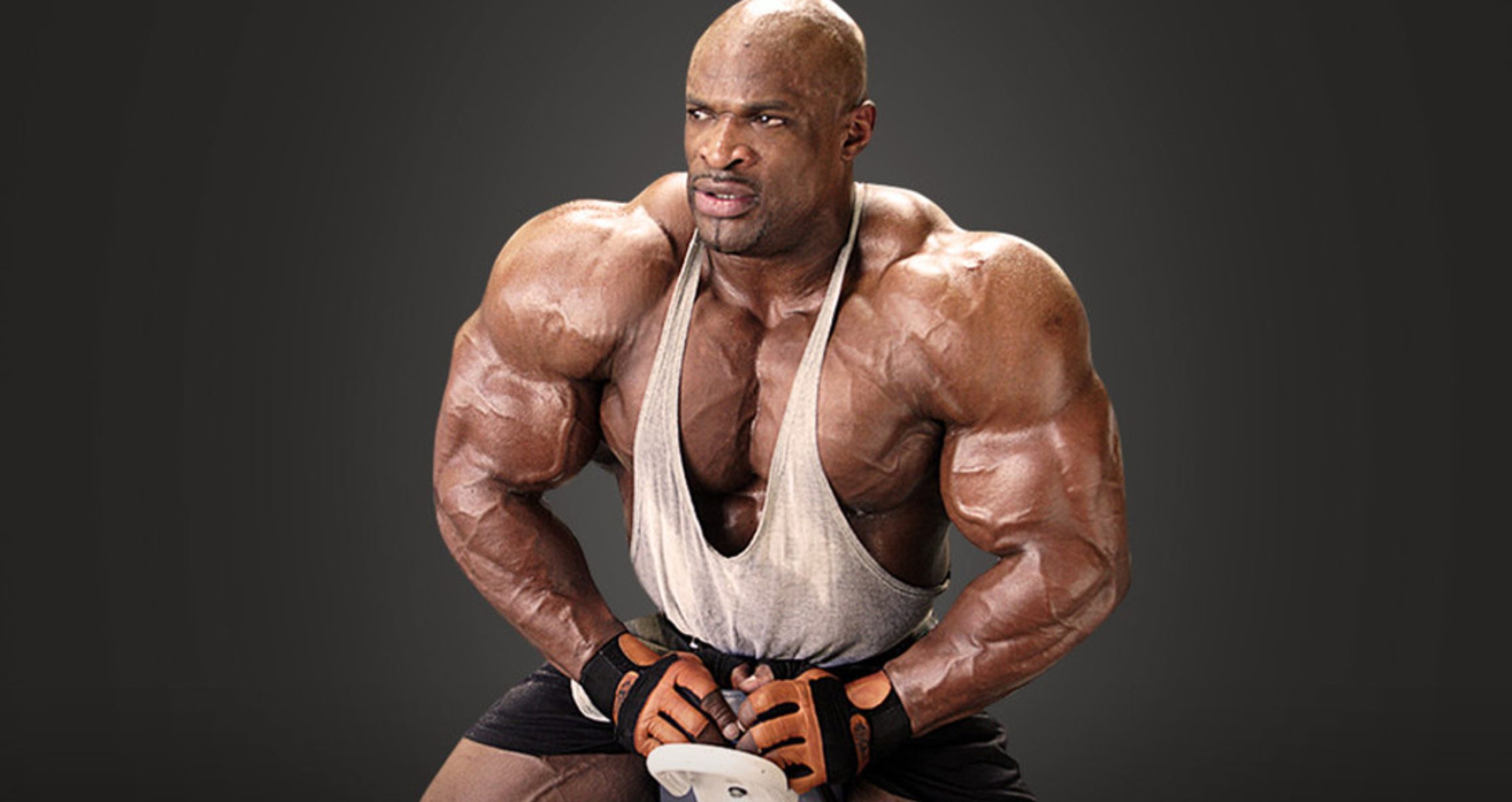Active recovery involves light activity to aid recovery.
In bodybuilding and fitness, recovery is just as crucial as training. Following intense and frequent workouts, your muscles often feel tired, sore, and painful. Allowing your muscles to recover is essential for building strength. Research indicates that effective recovery can help athletes train harder and respond more efficiently to their workouts (1).
After training, you can engage in either active or passive recovery, which is beneficial. However, this post will focus on active recovery and its key benefits. Additionally, it will provide examples of active recovery routines designed to enhance exercise performance significantly. Check them out below!
Overview — What Is Active Recovery?
Before diving into what active recovery is, we need to understand the concept of recovery, especially in muscle building. Recovery is the process of resting your muscles after an intense training session. During recovery, the muscles undergo a repair phase. You expose yourself to a high risk of injuries if you don’t allow your muscles to recuperate and recover.
In summary, muscle recovery is allowing your body to take rest days between workouts, allowing the body to come back stronger and better. There are two types of recovery:
- The Active Recovery
- The Passive Recovery
Passive recovery allows the body to rest almost from stress, strain, or physical activity. This type of recovery requires no physical movement, and you let the mind and body heal naturally. Effective passive recovery types include sleeping, meditation, sitting, and relaxing your mind. Massages are also an effective form of passive recovery (2).
Active recovery, on the other hand, is slightly more hands-on. It involves using low-intensity exercises to release stress, strain, and tension from high-intensity training sessions. Effective active recovery methods include swimming, foam rolling, hiking, stretching, walking, yoga, or cycling.
Active recovery is commonly seen as more effective than passive recovery. Low-intensity exercises help keep the blood flowing faster, which allows faster recovery and builds muscles from intense physical activity. This review shows that active recovery techniques lasting between six and ten minutes can greatly improve an athlete’s training performance (3).
Benefits of Active Recovery
Active recovery has proven effective for athletes over time. It involves using small movements to accelerate recovery, especially after an intense training session. Here is a list of benefits of incorporating active recovery methods into your recovery process.
Reduces Delayed Onset Muscle Soreness
After an intense and hardcore training session, your muscles will likely feel sore, stiff, and strained for a few days. This is called delayed-onset muscle soreness (DOMS), which can hinder your daily activities and exercise performance. Active recovery helps reduce DOMS by increasing blood flow and flushing out metabolic wastes in the body. Increasing blood flow can also help transport essential nutrients to different body parts, allowing muscles to repair and heal faster.
Improved Range of Motion
Compared to inactivity while recovering, active recovery helps keep the body active and mobile. This can prevent muscles from becoming stiff. Incorporating active recovery methods can help increase your range of motion and flexibility. For example, active recovery routines like stretches and yoga strengthen and lengthen your muscles. Joint mobility exercises like light jogging and cycling can also help improve your joint health, which can help improve your mobility, flexibility, and stability.
Better for Your Health
Incorporating active recovery workouts can help improve your health. A study shows that aerobics and active recovery workouts like cycling and walking can reduce cardiovascular risk factors (4).
Injury Prevention
Active recovery helps reduce the risk of injuries. Stretching and performing light mobility movements on rest days can release tightness and prevent muscle failure during training. Active recovery also works on strength imbalances.
Requirements for an Active Recovery Workout
Before choosing an active recovery workout, it must meet specific goals so it doesn’t become a complete workout. You can use the following requirements as a guideline.
Keep It Light
Active recovery involves taking rest days from intense training. Incorporating active recovery techniques first means going light. You can use light weights and resistance bands to help with your mobility and flexibility. Remember, the goal is to make your sessions as fluid and relaxed as possible. Don’t go heavy!
Target Key Muscle Groups
You might struggle to work on some stubborn muscle groups during intense exercises. Active recovery exercise is an alternative for targeting them. Prioritizing active recovery to work these muscle groups will help with your overall body development.
Exercises That Promote & Enhance Circulation
Picking exercises that enhance blood flow and circulation around the body is essential when doing active recovery. Proper blood flow helps carry oxygen and critical nutrients to different body parts, reducing DOMS and promoting faster recovery. Cardiovascular exercises are the best form of exercise that can help stimulate blood flow and improve circulation.
What Are Effective Active Recovery Workouts?
Below is a list of active recovery workouts you can introduce into your recovery sessions. You can perform these exercises anywhere: at the gym, at home, or outdoors.
Light Cardio Workouts
Depending on your equipment, you can perform 15 to 20 minutes of cardio exercises or light jogging to warm the body. The goal is to increase the body’s temperature and systemic blood flow.
Swimming
Swimming is a great active recovery workout and helps keep your body relaxed. Here are some movements you can try.
- Backstroke: 4-6 laps
- Breaststroke: 4-6 laps
- Side Stroke: 4-6 laps, alternate sides after each lap
- Flutter Kick: 2-3 minutes, holding onto the pool wall or a kickboard
- Water Walking: 2-3 laps
- Torso Twists: 10-20 twists to each side, allowing your arms to swing
- Arm Circles: 2 sets of 30 seconds of small, slow circles forward and back. 30 seconds of large circles forward and back
- Leg Swings: 2 sets, hold on to the side of the pool for support, stand on one leg, and swing 10 reps on each leg
Dynamic Warm-Up Exercises
- Mountain Pose: 3 sets of 10 reps of deep, slow breaths
- Cat-Cow Pose: 3 sets of 10 reps
- Child’s Pose: 3 sets of 10 reps of deep, slow breaths
Body Conditioning
- Turkish Get Up: Moderate-intensity for 30 seconds
- Sled Push: Moderate-intensity for 30 seconds
- Sled Pull: Moderate-intensity for 30 seconds
- Frisbee
- Soccer (Short Carefree Sessions)
- Basketball (Short Carefree Sessions)
- Long Distance Nature Walks
Takeaway
Active recovery is a highly effective approach to healing from previous training while preparing for your next workout. It can alleviate DOMS, enhance overall performance, and help prevent injuries. This article outlines various active recovery routines you can explore during rest days.
Regardless of your preferred method for active recovery, aim to keep your activities light and utilize the resources available to you. Additionally, prioritize getting ample sleep, as it remains unparalleled for recovery and healing.
Follow Generation Iron on Instagram, Facebook, and Twitter for more fitness tips!
References
- Caballero-García, A., & Córdova-Martínez, A. (2022). Muscle Recovery and Nutrition. Nutrients, 14(12), 2416. https://doi.org/10.3390/nu14122416
- Dupuy, O., Douzi, W., Theurot, D., Bosquet, L., & Dugué, B. (2018). An Evidence-Based Approach for Choosing Post-exercise Recovery Techniques to Reduce Markers of Muscle Damage, Soreness, Fatigue, and Inflammation: A Systematic Review With Meta-Analysis. Frontiers in physiology, 9, 403. https://doi.org/10.3389/fphys.2018.00403
- Ortiz, R. O., Jr, Sinclair Elder, A. J., Elder, C. L., & Dawes, J. J. (2019). A Systematic Review on the Effectiveness of Active Recovery Interventions on Athletic Performance of Professional-, Collegiate-, and Competitive-Level Adult Athletes. Journal of strength and conditioning research, 33(8), 2275–2287. https://doi.org/10.1519/JSC.0000000000002589
- Pinckard, K., Baskin, K. K., & Stanford, K. I. (2019). Effects of Exercise to Improve Cardiovascular Health. Frontiers in cardiovascular medicine, 6, 69. https://doi.org/10.3389/fcvm.2019.00069
